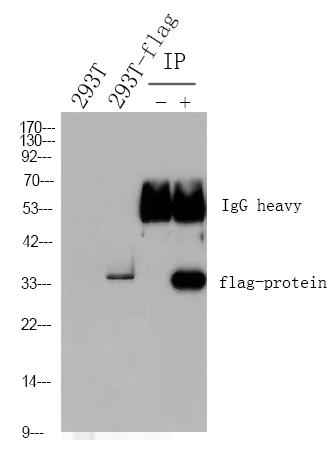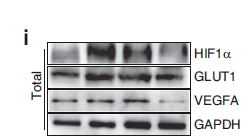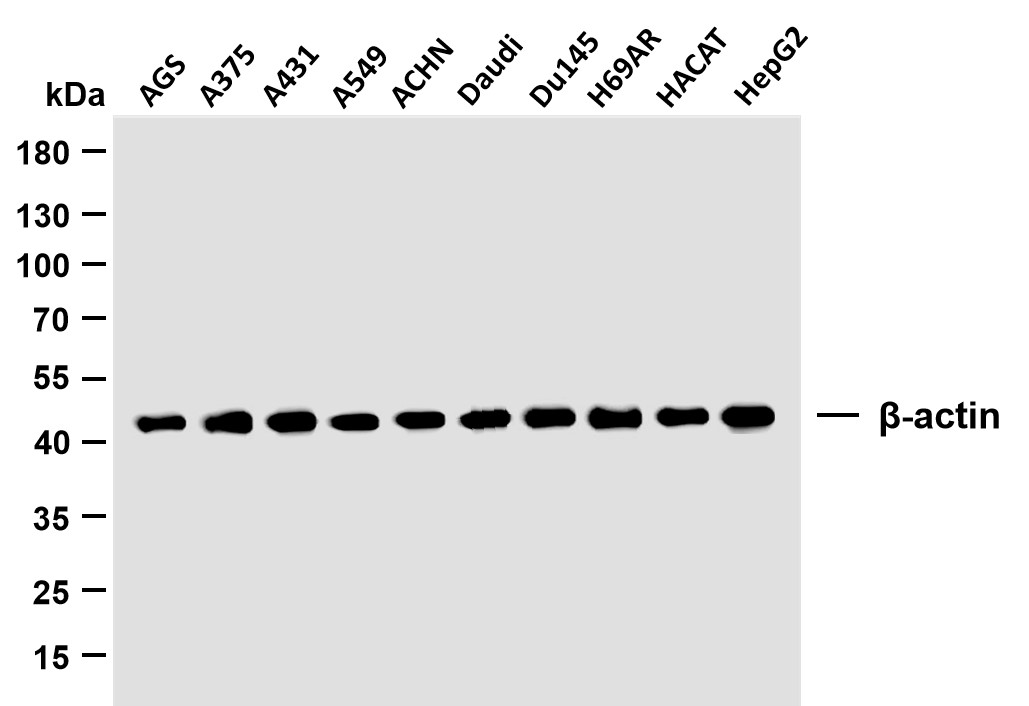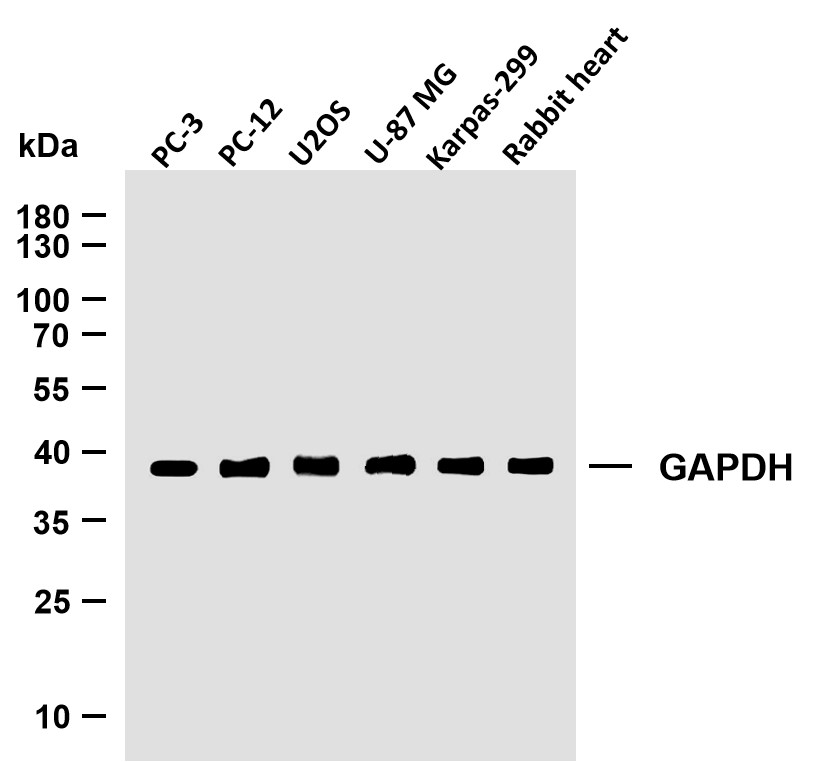
Catalog: YN1104
Size
Price
Status
Qty.
200μL
$450.00
In stock
0
100μL
$280.00
In stock
0
40μL
$150.00
In stock
0
Add to cart


Collected


Collect
Main Information
Target
PNKD
Host Species
Rabbit
Reactivity
Human, Mouse
Applications
WB, ELISA
MW
42kD (Observed)
Conjugate/Modification
Unmodified
Detailed Information
Recommended Dilution Ratio
WB 1:500-2000; ELISA 1:5000-20000
Formulation
Liquid in PBS containing 50% glycerol, and 0.02% sodium azide.
Specificity
PNKD Polyclonal Antibody detects endogenous levels of protein.
Purification
The antibody was affinity-purified from rabbit antiserum by affinity-chromatography using epitope-specific immunogen.
Storage
-15°C to -25°C/1 year(Do not lower than -25°C)
Concentration
1 mg/ml
MW(Observed)
42kD
Modification
Unmodified
Clonality
Polyclonal
Isotype
IgG
Related Products
Antigen&Target Information
Immunogen:
Synthesized peptide derived from human protein . at AA range: 140-220
show all
Specificity:
PNKD Polyclonal Antibody detects endogenous levels of protein.
show all
Gene Name:
PNKD KIAA1184 MR1 TAHCCP2 FKSG19 UNQ2491/PRO5778
show all
Protein Name:
Probable hydrolase PNKD (Myofibrillogenesis regulator 1) (MR-1) (Paroxysmal nonkinesiogenic dyskinesia protein) (Trans-activated by hepatitis C virus core protein 2)
show all
Background:
This gene is thought to play a role in the regulation of myofibrillogenesis. Mutations in this gene have been associated with the movement disorder paroxysmal non-kinesigenic dyskinesia. Alternative splicing results in multiple transcript variants. [provided by RefSeq, Mar 2010],
show all
Function:
Disease:Defects in PNKD are the cause of dystonia type 8 (DYT8) [MIM:118800]. DYT8 is a paroxysmal non-kinesigenic dystonia/dyskinesia. Dystonia is defined by the presence of sustained involuntary muscle contractions, often leading to abnormal postures. DYT8 is characterized by attacks of involuntary movements brought on by stress, alcohol, fatigue or caffeine. The attacks generally last between a few seconds and four hours or longer. The attacks may begin in one limb and spread throughout the body, including the face.,Function:Probable hydrolase that plays an aggravative role in the development of cardiac hypertrophy via activation of the NF-kappa-B signaling pathway.,induction:By Hepatitis C virus core protein.,PTM:Isoform 2 is phosphorylated at Ser-121 upon DNA damage, probably by ATM or ATR.,similarity:Belongs to the metallo-beta-lactamase superfamily. Glyoxalase II family.,subunit:Isoform 2 interacts with the sarcomeric proteins, MRLC2, MYOM1 and ENO3.,tissue specificity:Isoform 1 is only expressed in the brain. Isoform 2 is ubiquitously detected with highest expression in skeletal muscle and detected in myocardial myofibrils. Variant Val-7 and Val-9 are detected in the brain only.,
show all
Cellular Localization:
[Isoform 1]: Membrane; Peripheral membrane protein.; [Isoform 2]: Cytoplasm. Nucleus.; [Isoform 3]: Mitochondrion.
show all
Tissue Expression:
Isoform 1 is only expressed in the brain. Isoform 2 is ubiquitously detected with highest expression in skeletal muscle and detected in myocardial myofibrils. Variant Val-7 and Val-9 are detected in the brain only.
show all
Reference Citation({{totalcount}})
Catalog: YN1104
Size
Price
Status
Qty.
200μL
$450.00
In stock
0
100μL
$280.00
In stock
0
40μL
$150.00
In stock
0
Add to cart


Collected


Collect
Recently Viewed Products
Clear allPRODUCTS
CUSTOMIZED
ABOUT US
Toggle night Mode
{{pinfoXq.title || ''}}
Catalog: {{pinfoXq.catalog || ''}}
Filter:
All
{{item.name}}
{{pinfo.title}}
-{{pinfo.catalog}}
Main Information
Target
{{pinfo.target}}
Reactivity
{{pinfo.react}}
Applications
{{pinfo.applicat}}
Conjugate/Modification
{{pinfo.coupling}}/{{pinfo.modific}}
MW (kDa)
{{pinfo.mwcalc}}
Host Species
{{pinfo.hostspec}}
Isotype
{{pinfo.isotype}}
Product {{index}}/{{pcount}}
Prev
Next
{{pvTitle}}
Scroll wheel zooms the picture
{{pvDescr}}


















